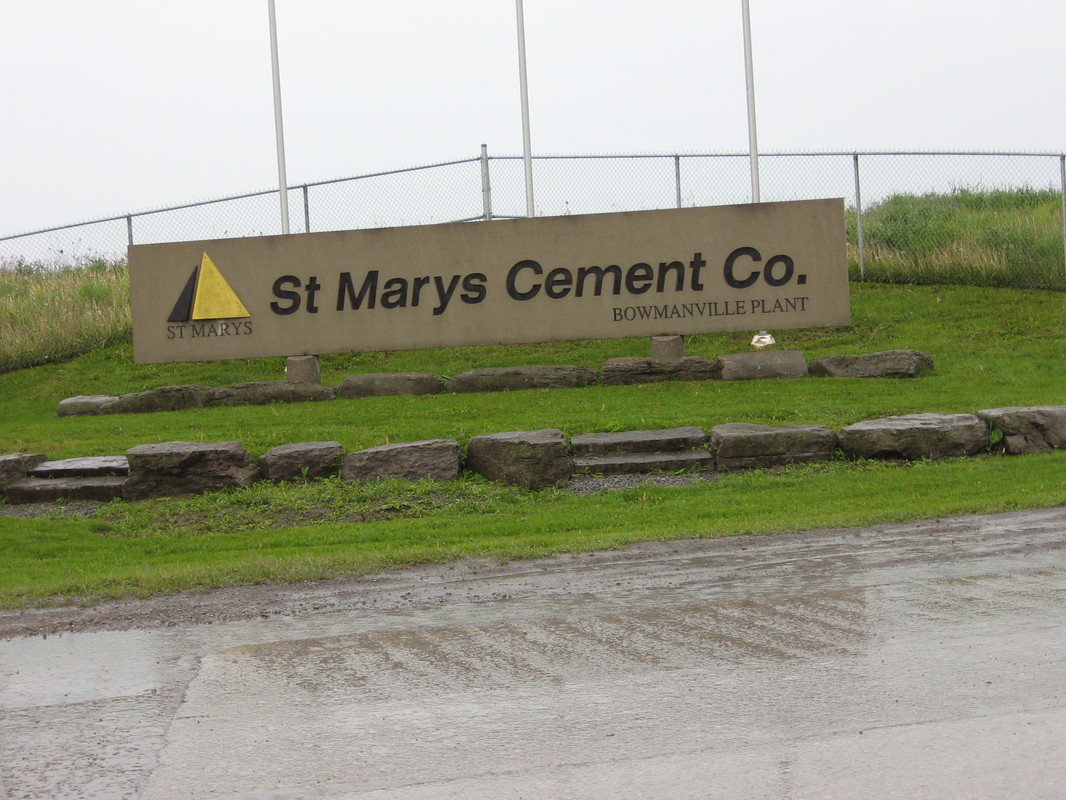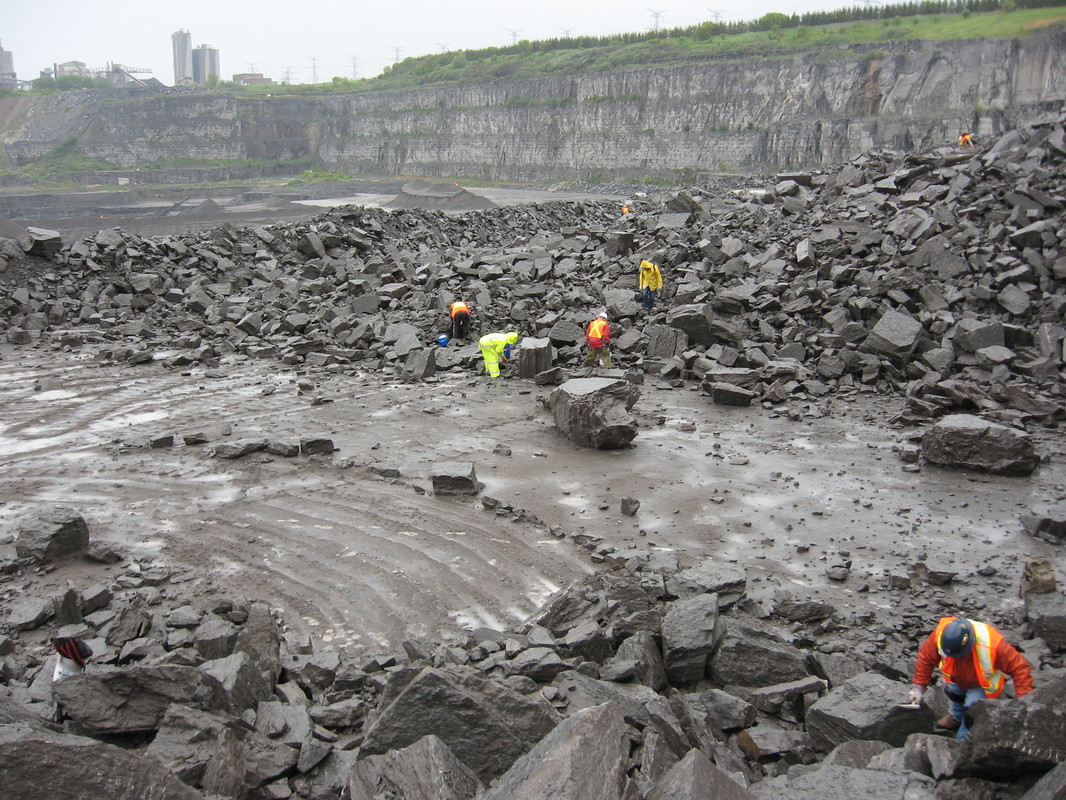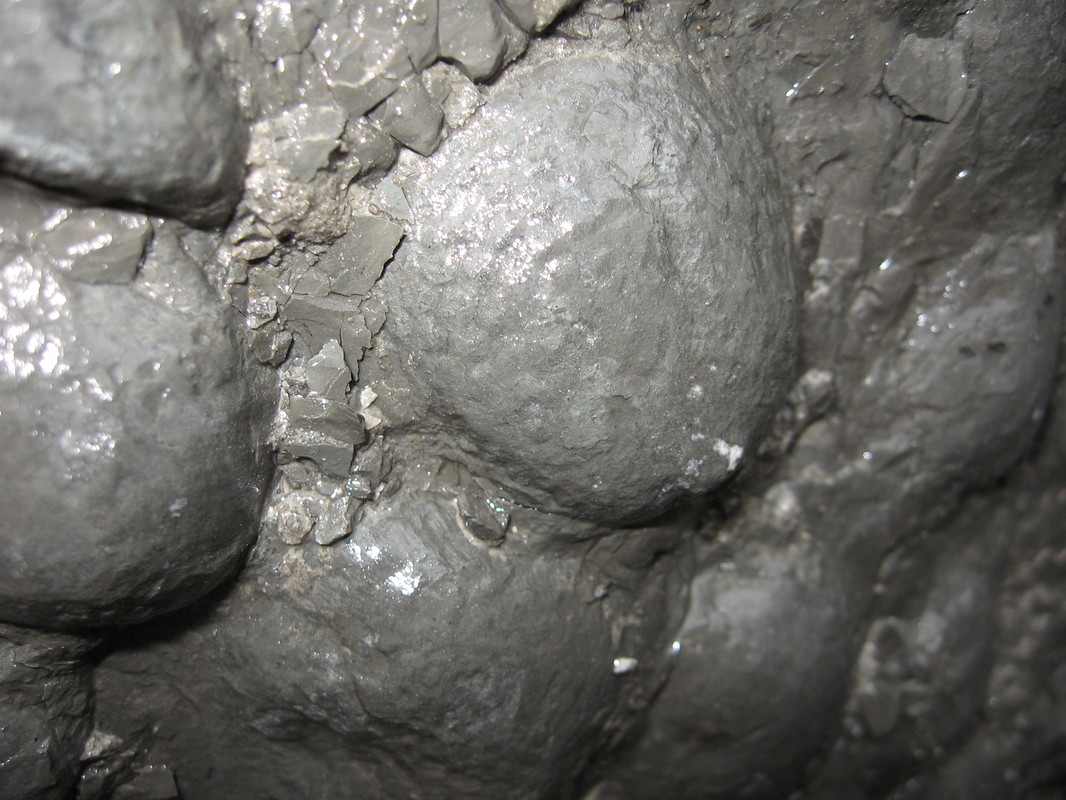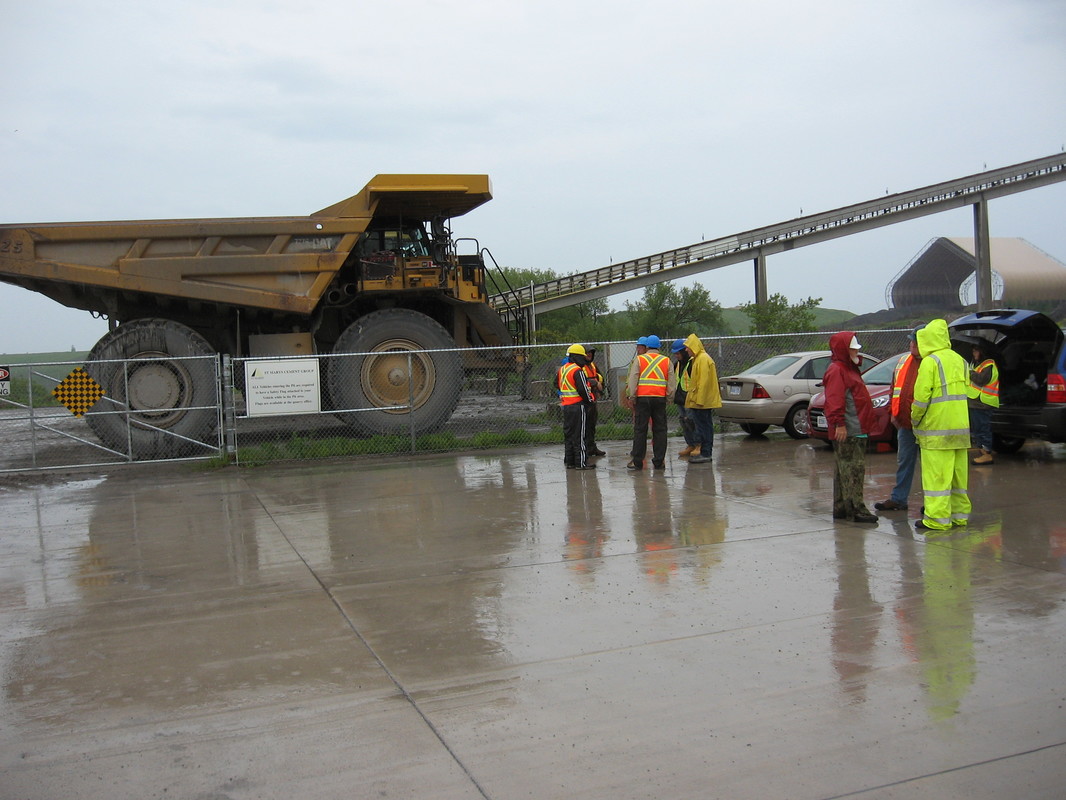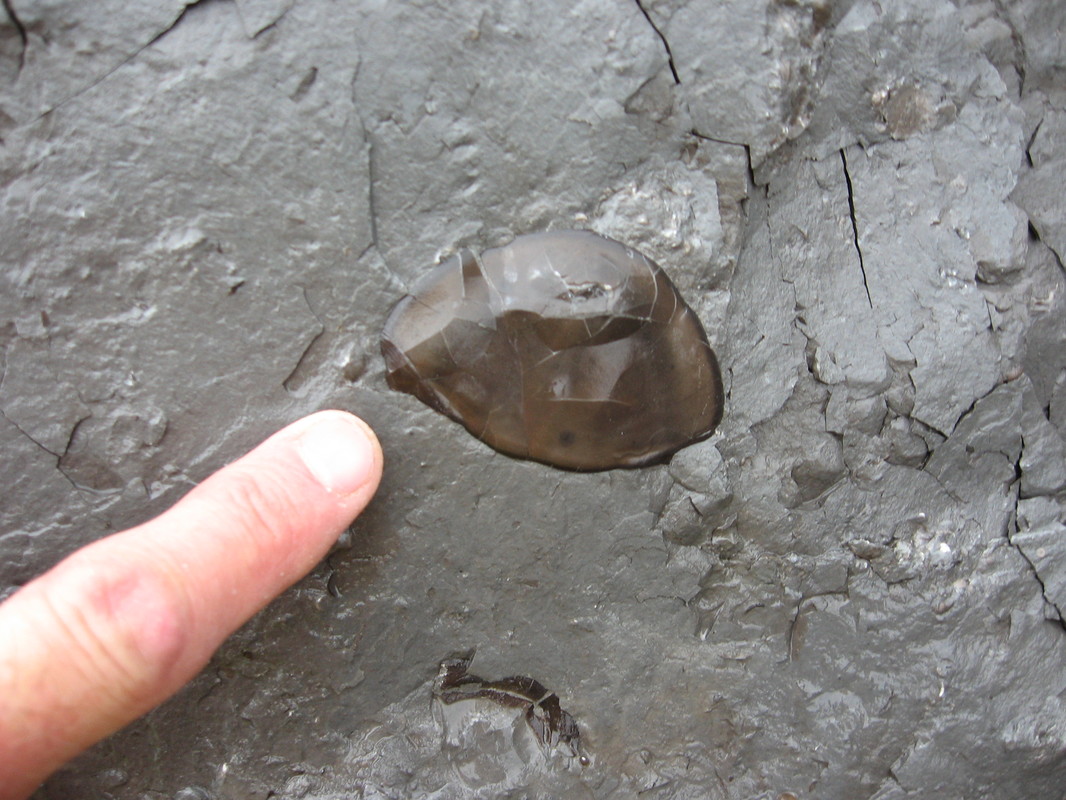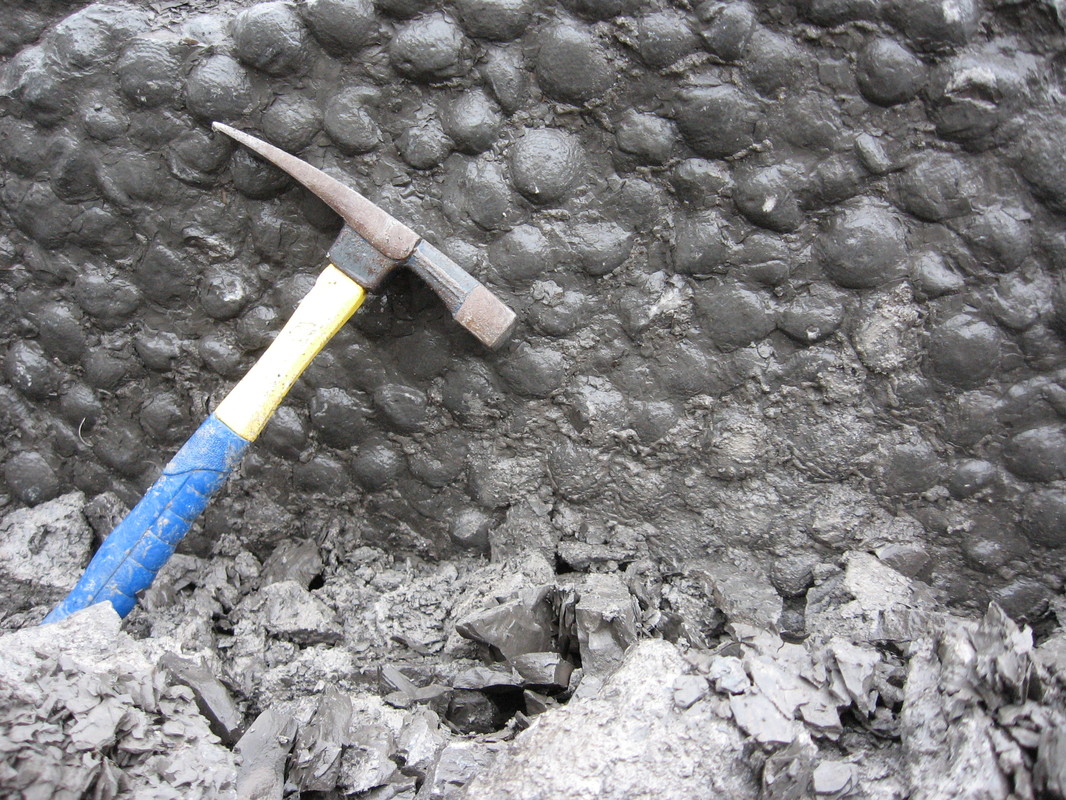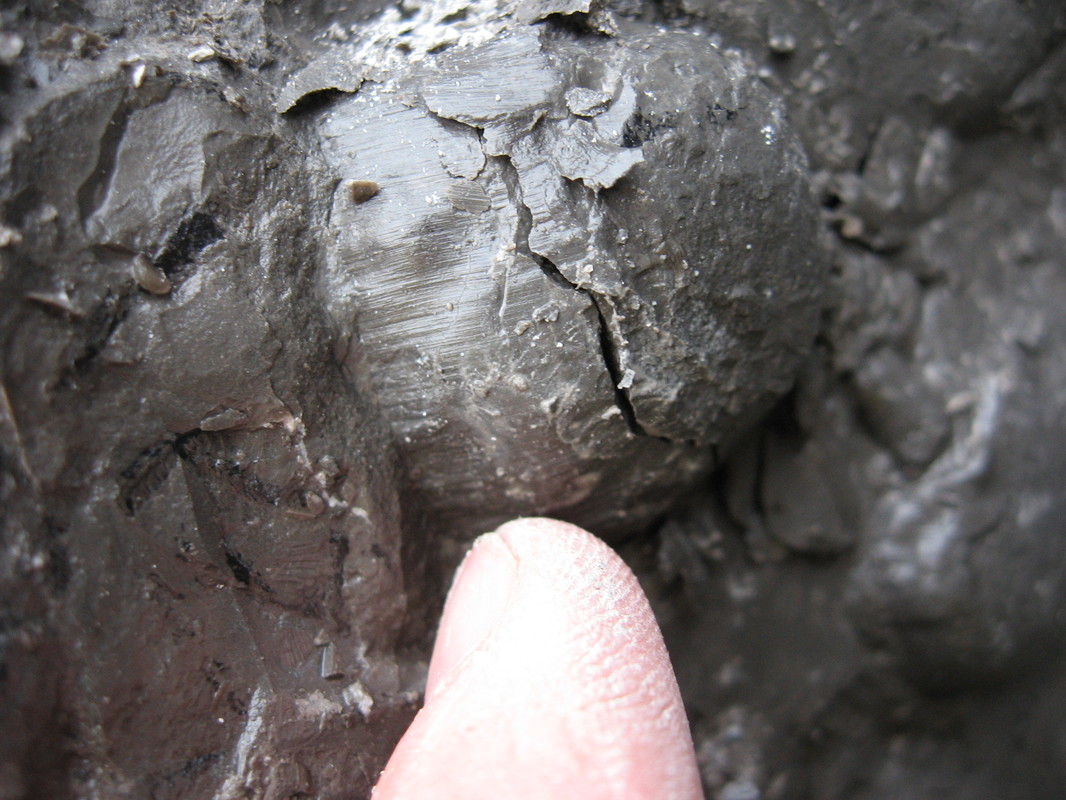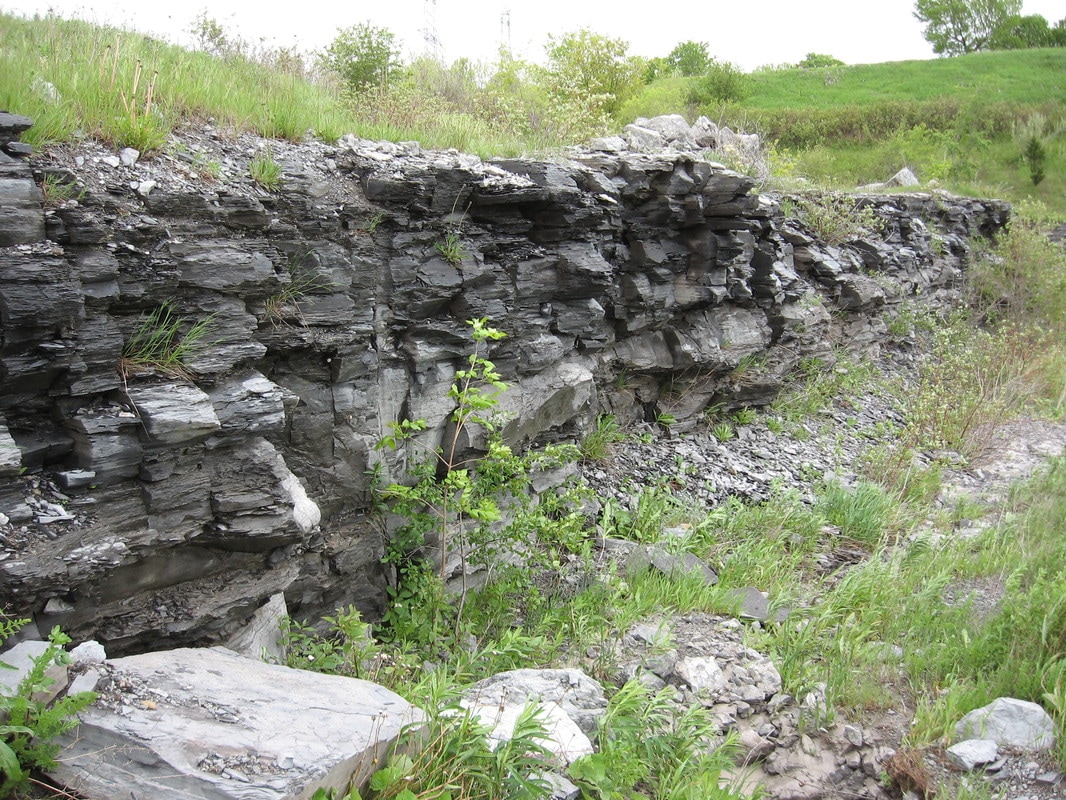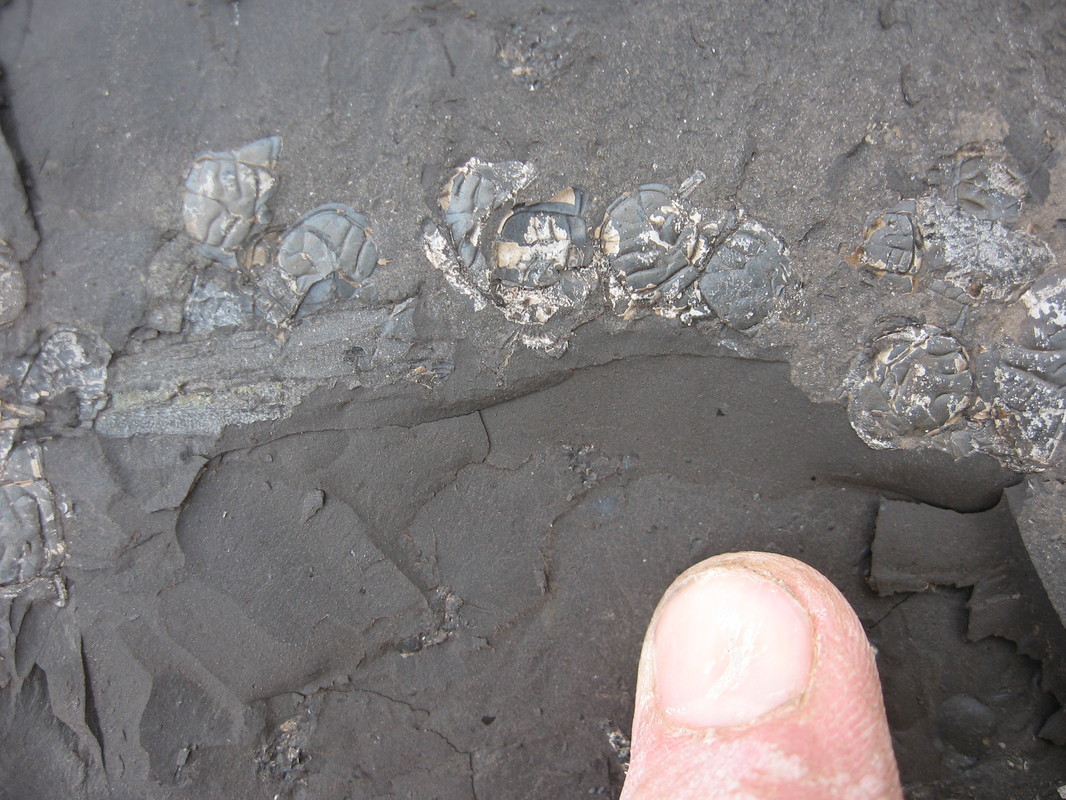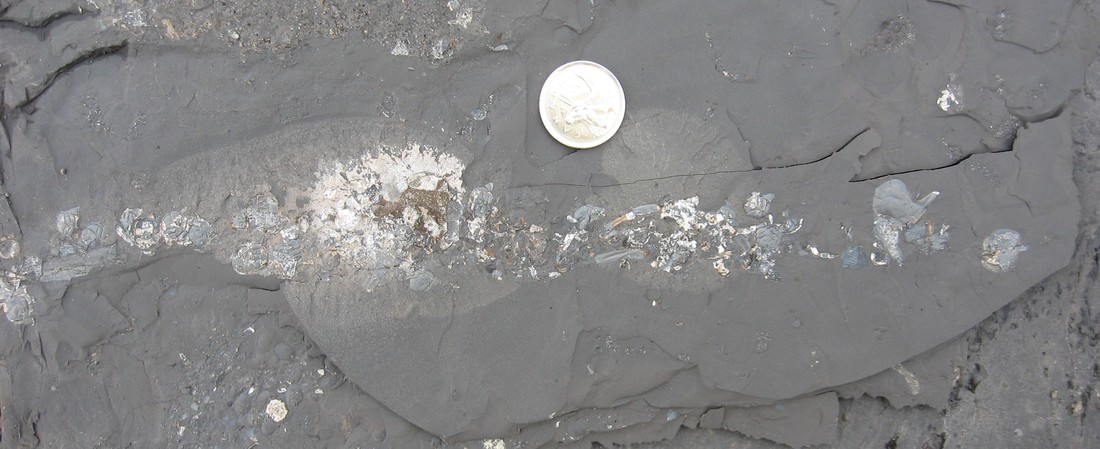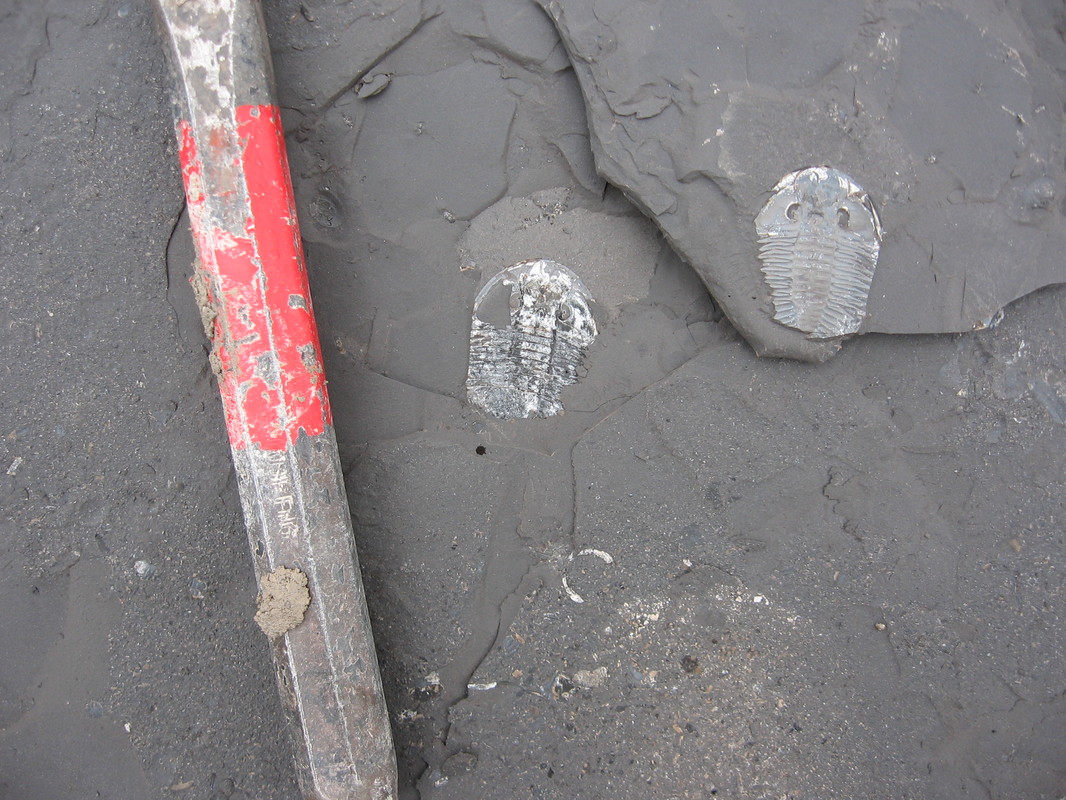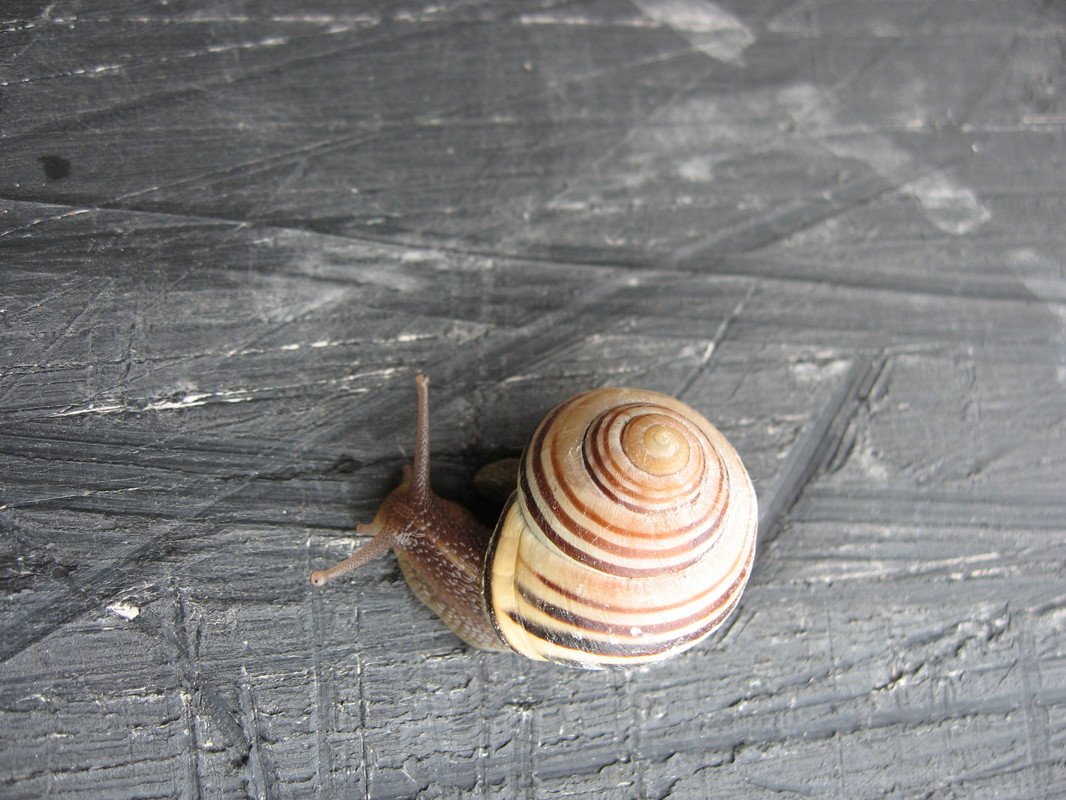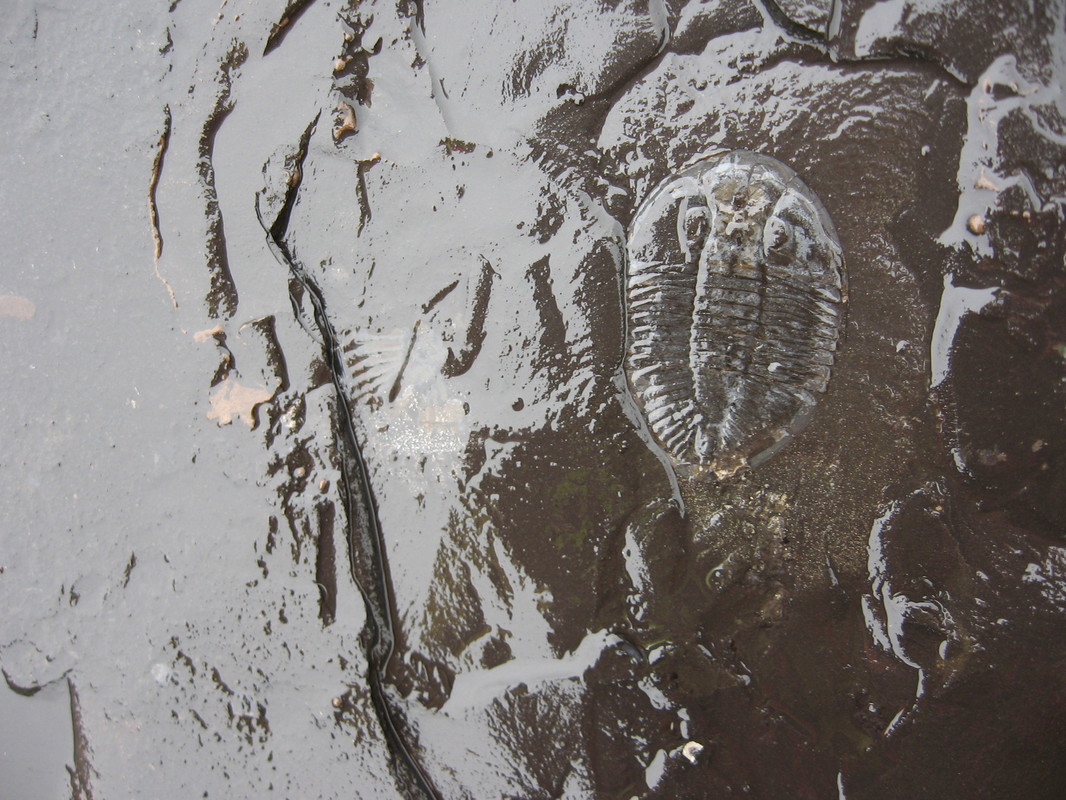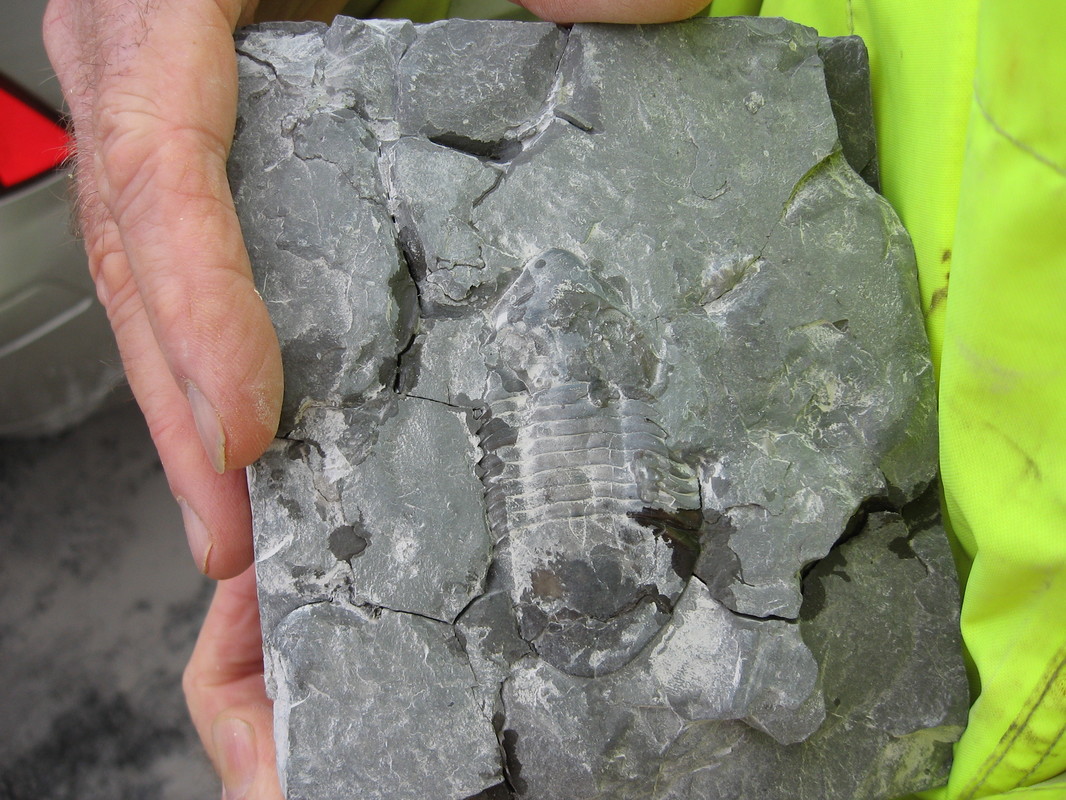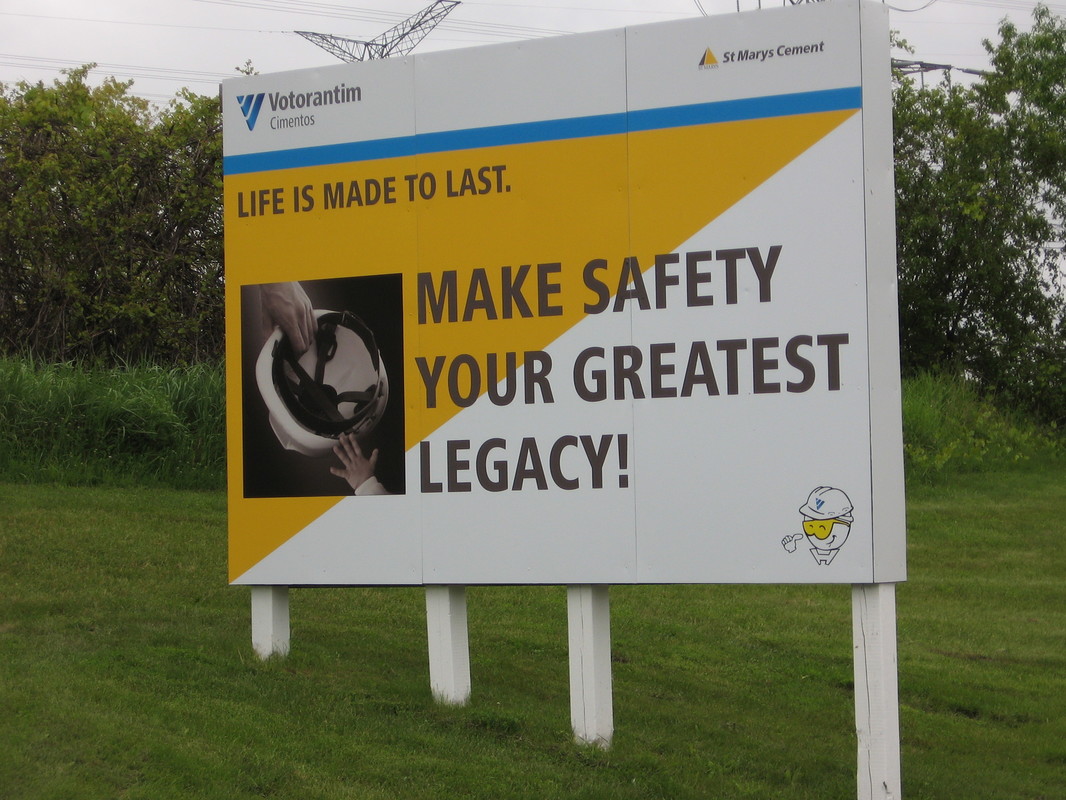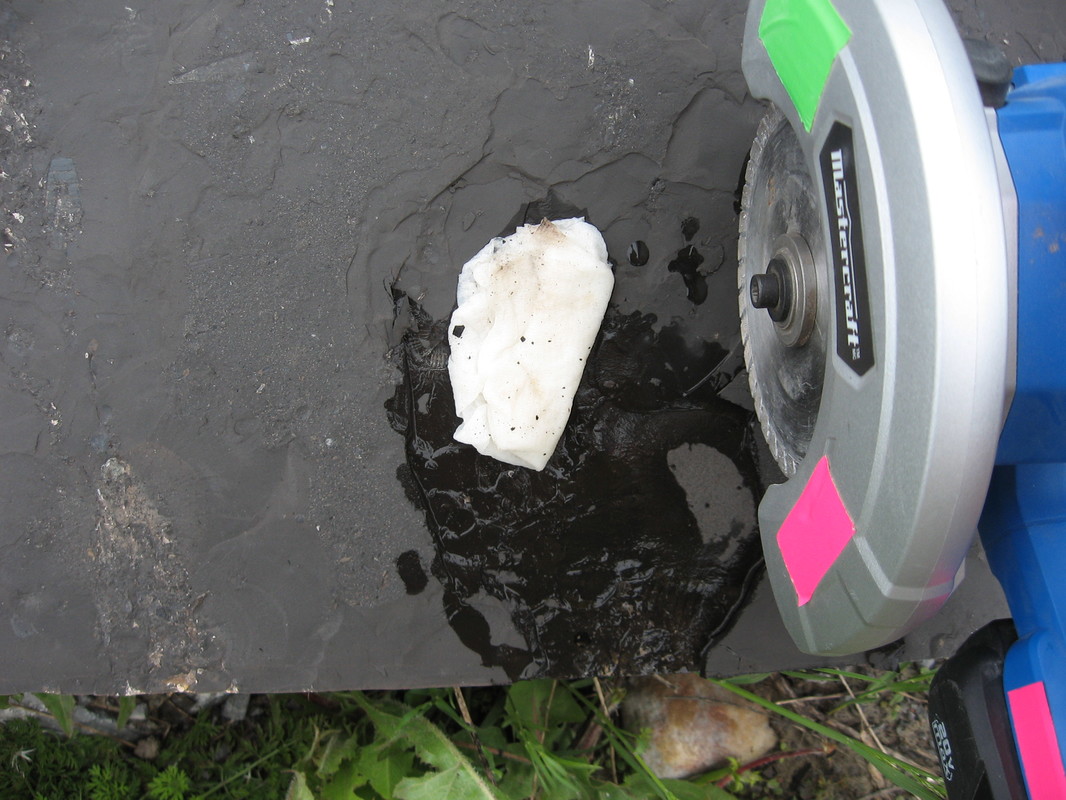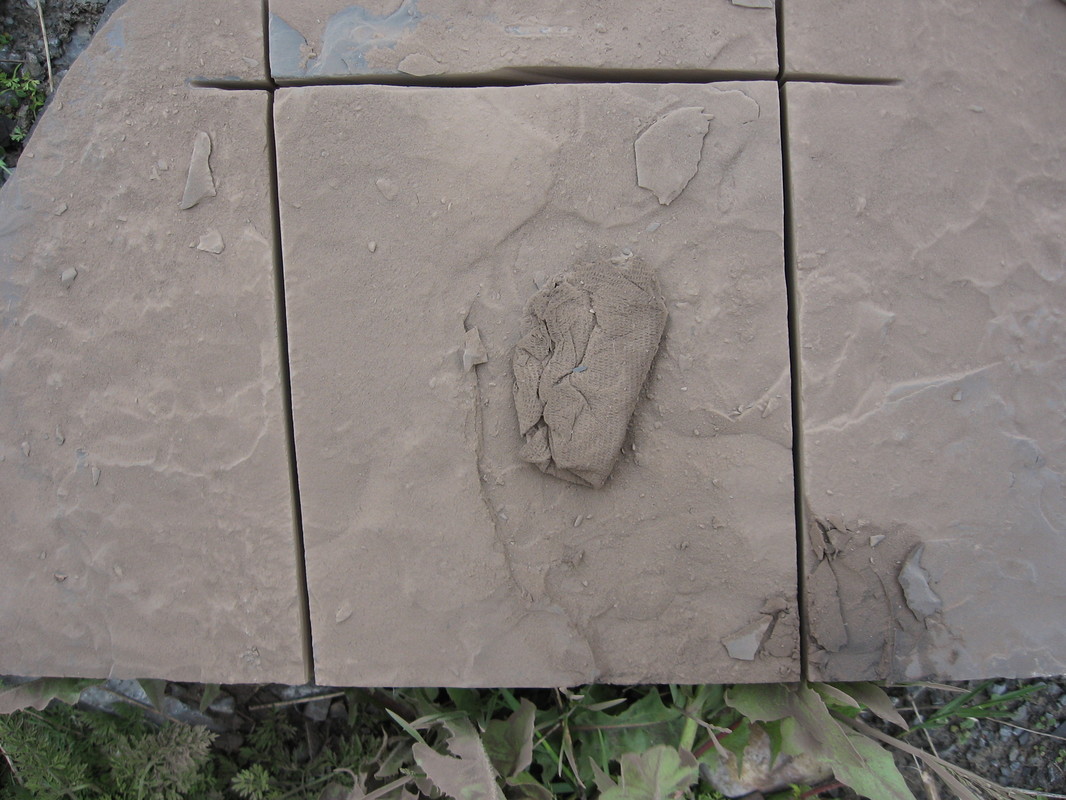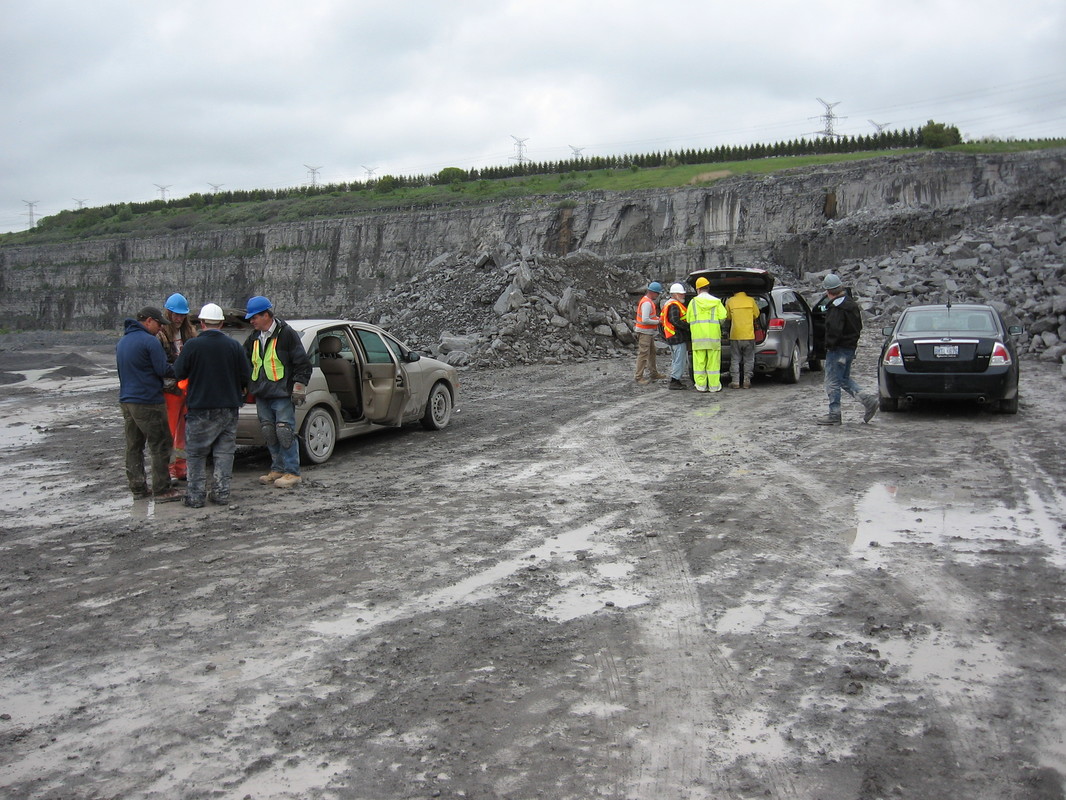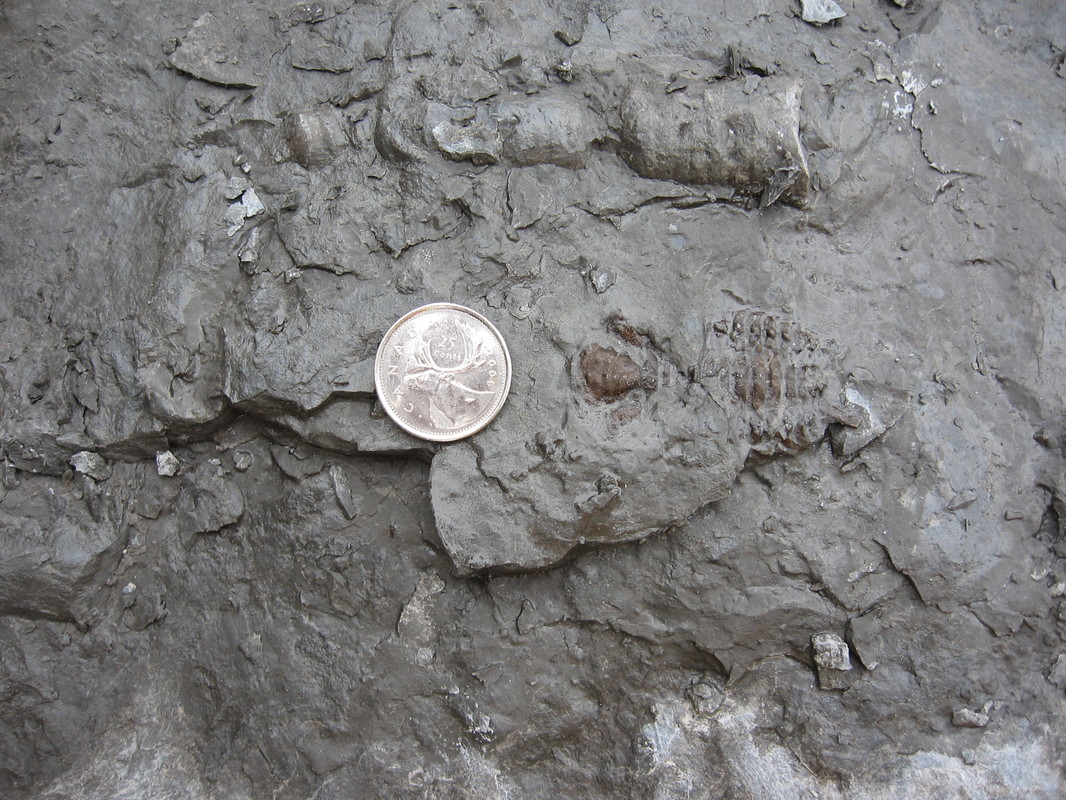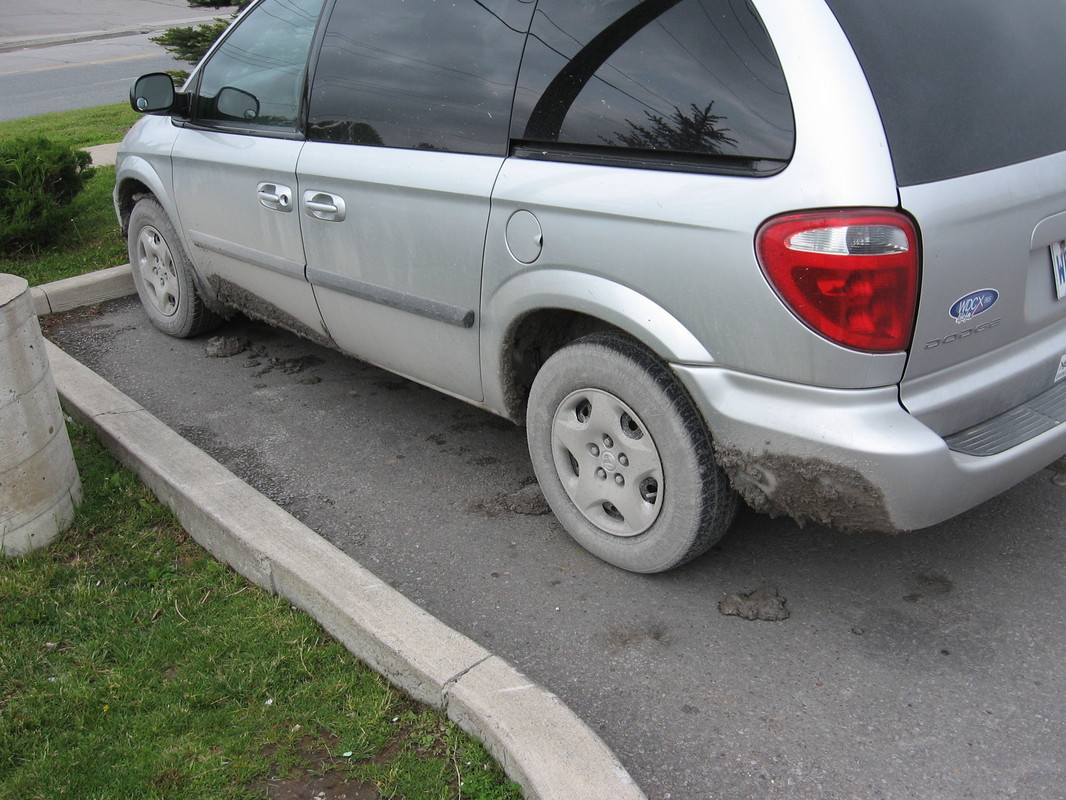2017 QUARRY DIG
St. Marys Quarry June 4th 2017
A soggy day but that never stopped die hard collectors from pressing on
and I think all were rewarded with some great finds!
A soggy day but that never stopped die hard collectors from pressing on
and I think all were rewarded with some great finds!
|
St. Marys sign greeting collectors as they drove in
An amazing 6 levels cutting into the Upper and Middle Ordovician rocks
Level 5 Verulam Formation.
FORE! No they're not fossil golf balls but they look like it. They are in fact a calcaeous green algae called "Cyclocrinites". A close up shot. You can see the pattern. These Cyclocrinites were found in Middle Ordovician rocks considered by evolutionists to be 450 million years old. If you believe in evolution and millions of years you would have to conclude that bulbous algae exhibits stasis (no change) because they still exist today as their modern cousins the dasyclad algae. These marine (salt water) plants* live in waters up to 90 meters deep. All we see so far is algae turning into algae. Genesis calls this "Producing after their own kind".
*REF. First non-calcified dasycladalean alga from the Carboniferous Lyall L. Anderson (2009) N.Jb. Geol. Palaeont. Abh. vol. 251/1, p. 119-128 Stuttgart |
Collectors from all over Ontario and NY State waiting to get started
Immediately you start to find trilobite bits like this Isotelus but with not much success in finding a complete one I headed down to the lower levels.
A large and dense slab of Cyclocrinites
A closer inspection shows that some were even slylolitized which means this rock while still soft was subjected to earth quakes indicating a catastrophic past.
|
Back up to the top at level 1, my favorite level, the Whitby Shale or Upper Member of the Lindsay Formation.
Widescreen shot shows more washed in trilobite debris. This is not an evolutionary textbook scenario where creatures randomly die, fall to the bottom and slowly get buried.
|
This quarry is customed by trilobite hunters and there is no shortage here of many varieties of trilobites. Every year I seem to find a Pseudogygites trilobite. Here is a positive and negative impression just after splitting the slab.
Here's a living fossil keeping a cautious eye on me as I cut the slab
And yes, it survived!!
A nice Isotelus trilobite that needs some more extraction work. Trilobites are no help to the theory of evolution because they are extinct. If evolution were true we should be continually gaining species, not loosing them!
And another sign on the way out
|
This year I was prepared for extraction on site with my handy dandy converted cordless skill saw.
A tip I learned last year from a collector was to place wet paper towel over the fossil when cutting to cushion the damaging vibrations of the saw. Just after the cutting. Now for the rinse. Fortunately there was adequate water around for a good rinse off
Collectors packing up and showing off some of their treasures. Lets see what they found!
A Ceraurus trilobite peeking out of the rock (below) and a cephalopod (above)
Lots of good finds to bring home and a lot of mud left behind in the Tim Hortons parking lot!
|
